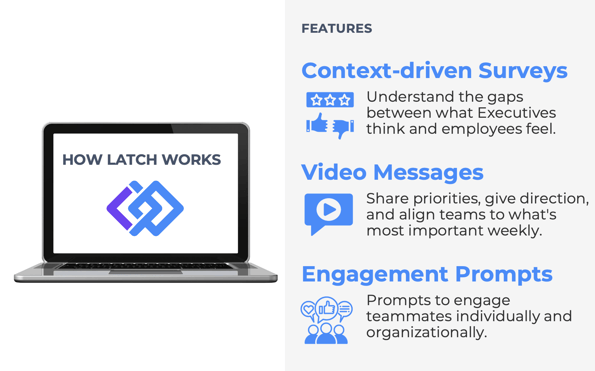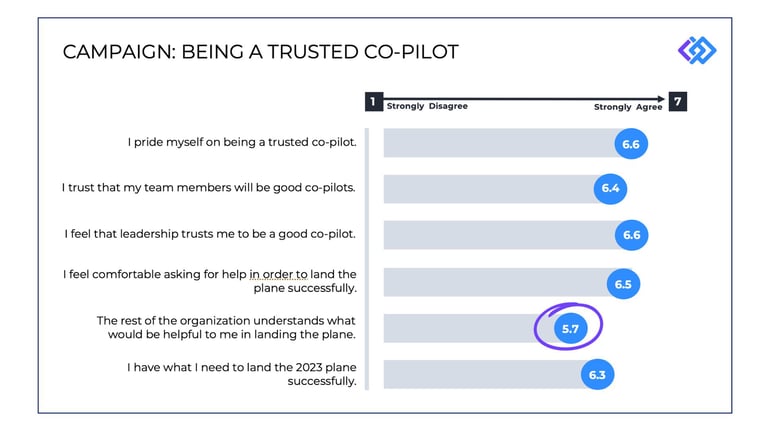
The very first employee surveys, called “employee-attitude” surveys, were pioneered in the 1920s by J. David Houser, an educational psychologist. Through his work, he found that few executives had accurate information on their employees’ morale and attitudes towards management and observed how low morale led to employees “expressing resentment through sabotage, soldiering in their work, wage demands, and strikes.”
Fast forward 100 years - only 31% of organizations conduct employee surveys, leaders are still in the dark about how employees feel, and low morale still negatively impacts culture and an organization's ability to thrive.
How’s that for progress?
While we’re a big fan of employee listening systems and believe whole-heartedly that employees who feel heard are more likely to be empowered and perform better at work, we have found these things to be true:
- Asking is better than not asking: The simple act of asking for feedback is conveying a set of promises - a promise that your employees will be heard, their feedback will be considered, and that their opinion matters.
- Not doing anything after getting feedback is worse than not asking in the first place: no action after getting feedback creates disappointment and erodes trust.
- Annual surveys are better than nothing, but only capture a snapshot in time.
- Pulse surveys can tell you what, but they can’t tell you why. And when you’re asking the same questions over and over again, it causes survey fatigue.
- Context-driven surveys: if a pulse survey is a weather report, a context-driven survey tells you why it might rain. When you can, go with these.
We built Latch to unify people into aligned and inspired action.
And because we spent two decades working inside 600+ organizations of all sizes, we know intimately that unifying people into action only happens when you ask, share, and engage. This formula was the design point for the core features built in Latch.

🔓This Latch Unlock is a story of how one of our clients used context-driven questions to get more than just a weather report - he was able to learn why it might just rain.
As the year comes to a close, we created a campaign around “landing the plane for 2023”. As an ESOP, it’s critical to the CEO that employees see themselves as co-pilots, co-creating a shared experience together. Over 6-weeks, we used context-driven survey questions to explore the various aspects of being a copilot.
Here are the questions and results:

Initially you might look at these results, give them a thumbs up👍, and move on. But like most things in life, when we pulled the covers back to drill deeper into the survey results and the AI-powered sentiment analysis, there was something more interesting going on.
It turns out that the employees:
- know how to do their jobs
- trust their teammates
- feel like they’re on an island
When filtered into business units, we found this to be even more prevalent with certain areas of the organization.
In meeting with the CEO, it was clear that not only was this an area of curiosity for him, but he felt compelled to understand - is it that people don’t feel understood, or is it that they don’t feel valued?
💙 We wish more CEOs were this thoughtful.
So in the next two launches, we’re going to engage the team directly through video messages from the CEO and thought-provoking prompts to learn more.
We couldn’t have gotten this nuanced insight with an annual survey or repetitive pulse survey questions.
When you can take action that’s precise and targeted to solve the real problems - you will be able to unify your employees into aligned and inspired action.
🙌Here’s what some of our clients said🙌








